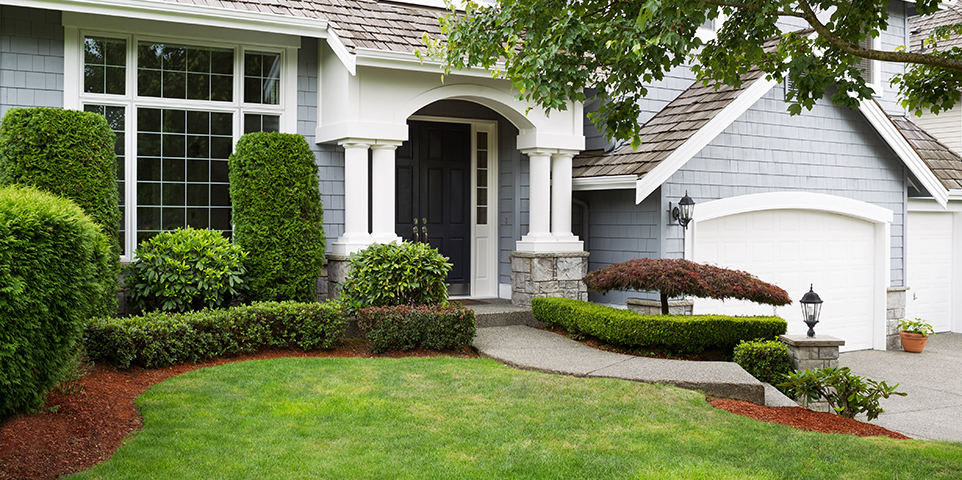MEMBERSHIP
AMPLIFY
EN ESPAÑOL
Connect With Us
- Popular search terms
- Automobile
- Home + Renters
- Claims
- Fraud
- Hurricane
- Popular Topics
- Automobile
- Home + Renters
- The Basics
- Disaster + Preparation
- Life Insurance

Mold is destructive to your home and possessions—and the damage it causes generally isn't covered by homeowners insurance. Learn how to defend your home against mold.
According to the Centers for Disease Control and Prevention (CDC), mold is everywhere—it grows year-round and can be found both indoors and outdoors. Mold is a living organism and, as such, it grows and spreads when it has the right conditions—and it likes the damp.
Outdoor molds are commonly found in shady, damp areas and in soil. Indoors, mold can be found where humidity and moisture levels are high, such as in basements, kitchens, bathrooms and on ceilings and wall interiors where water from leaky pipes, roofs or windows can accumulate.
Indoor mold can be ruinous to surfaces (like walls and wallcoverings) and to your belongings. While most molds pose no threat to humans, the CDC warns that certain molds can produce hay fever-like allergic symptoms
Mold, like rot and insect infestation, is a home maintenance issue and these are generally not covered by standard homeowners insurance policies. However, in the event that mold growth is the direct result of a covered peril such as a burst pipe, the cost of eliminating the mold may be covered. If you have federal flood insurance, it may cover you for mold and/or mildew damage—but only if it is directly attributable to a flood.
However, since it's unlikely you're covered for mold, it's even more important to keep your home mold-free—and in that effort, a strong offense is definitely your best defense.
To prevent mold, eliminate moisture to make your home inhospitable to its growth. Here are some DOs and DON'Ts for mold prevention.
Always be on the lookout for signs of possible mold growth, such as musty smells or watermarks on walls and ceilings. In the event of a major water incident:
Next steps: Learn how to protect your home from water damage.